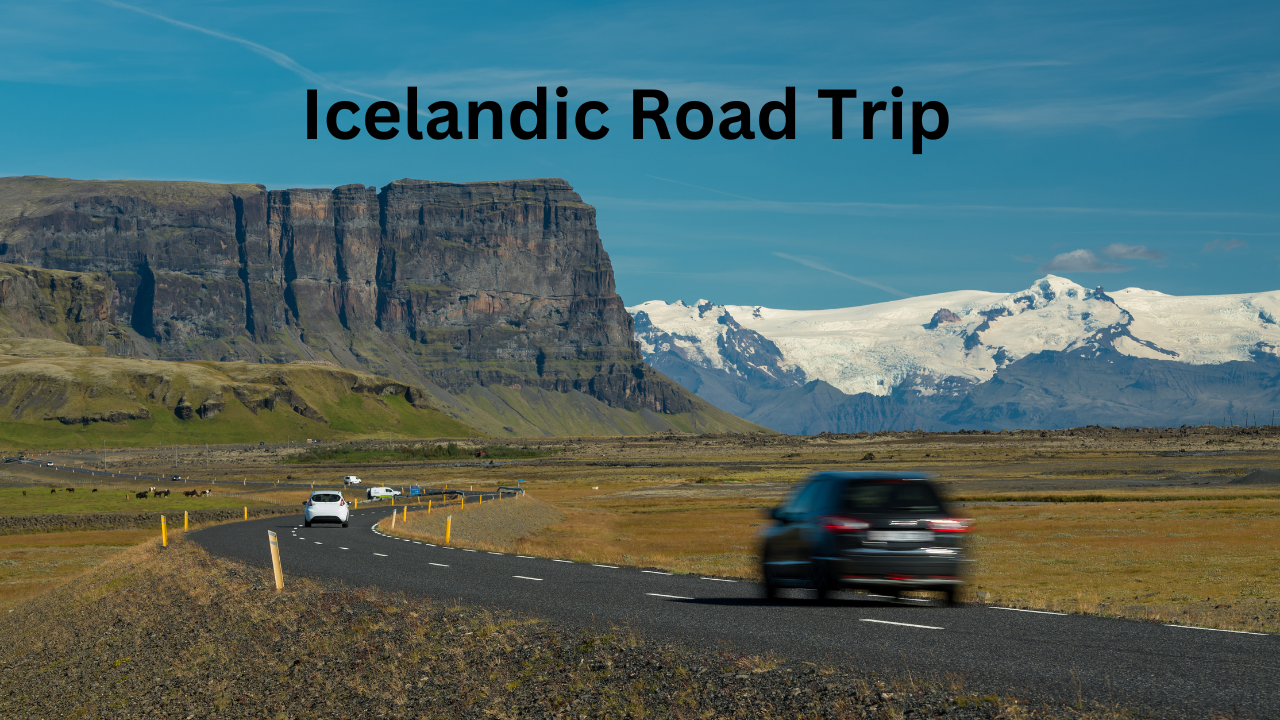Key Takeaways
- A comprehensive cost estimation for an Icelandic road trip.
- Factors influencing the total expenses include accommodation, fuel, and food.
- Tips on saving money and making the most of your journey.
Introduction to the Icelandic Road Trip
Travelling around Iceland is a bucket list item for many adventurers. Its stunning landscapes, geysers, waterfalls, and black sand beaches call out to those who love the great outdoors. A popular way to explore this land of fire and ice is via a road trip, especially around the famous Ring Road. But how much does such an adventure cost? Understanding the Iceland trip cost can help you plan better and make the most out of your trip. In this guide, we will cover every expense you might encounter, from car rentals to meals, ensuring an unforgettable and budget-friendly journey.
Car Rentals and Fuel: The Basics
Car Rental Costs
The first significant expense you’ll encounter is car rentals. The cost can vary depending on the type of vehicle you choose. For instance, a compact car will cost less than an SUV or 4×4, which are recommended for off-road adventures and winter trips. According to recent data, expect to pay between $50 to $100 per day for a compact car. If you opt for a camper van, which combines transportation and accommodation, daily rates can range from $150 to $300. However, the cost might be higher during peak tourist seasons such as summer, so booking your rental well in advance is wise.
Fuel Expenses
Fuel is another crucial cost. On average, gasoline prices in Iceland are around $8 per gallon. Considering that the Ring Road (Route 1) spans approximately 828 miles, you should budget an additional $200 to $300 for fuel, depending on your vehicle’s fuel efficiency and the detours you plan to take. Remember that remote areas may have fewer fuel stations, so always fill up when you can. It’s also a good idea to download a fuel station locator app to avoid surprises.
Accommodation Costs: From Hostels to Campsites
Accommodation in Iceland ranges from budget hostels and guesthouses to luxurious hotels and unique stays, like farms and lighthouses. For a mid-range hotel, you can anticipate spending approximately $100 to $200 per night. If you opt for hostels and guesthouses, budget-friendly stays will generally cost about $50 to $100 per night. If you travel in a camper van or carry camping gear, campsites offer a very affordable option at around $15 to $30 per night per person. Always check if the campsites require booking in advance, especially during the peak tourist season. Some popular campsites also offer showers, kitchens, and Wi-Fi, ensuring a comfortable stay without the expense of pricier accommodations.
Food and Dining: Eating on a Budget
Food costs in Iceland can be significant if you dine out for every meal. A typical restaurant meal can set you back $20 to $50, while a fast food option might cost around $10 to $15. To save on food expenses, consider grocery shopping and preparing your meals. Big-box stores like Bonus and Krónan provide more goods at lower costs. Cooking meals can reduce your food cost to about $10 to $20 daily. If you can access a kitchen or a camping stove, preparing simple meals such as pasta, sandwiches, or salads can be cost-effective and healthy. Don’t forget to try local delicacies from the grocery store, like skyr (Icelandic yogurt) and smoked lamb (hangikjöt).
Attractions and Activities: What Not to Miss
Free Attractions
Many of Iceland’s natural attractions, such as waterfalls (like Seljalandsfoss and Skógafoss), national parks (like Thingvellir), and geysers, are free to visit. However, certain activities, like guided tours, whale watching, and glacier hikes, come with a price tag. These activities vary from $50 to $300 per individual. To manage these costs, prioritize the unique activities of Iceland and fit them within your budget. Additionally, consider free or low-cost alternatives, such as hiking to stunning viewpoints or visiting free geothermal pools. Some natural hot springs, like Reykjadalur, offer a memorable experience without the need for an entrance fee.
Paid Activities
While many attractions are free, some experiences are worth paying for. For example, a guided glacier hike or a whale-watching tour offers a unique opportunity to see Iceland’s natural wonders up close. These activities typically range from $50 to $200 per person but provide memories that can last a lifetime. Planning and budgeting for these activities in advance can help avoid surprises. You may also find discounted rates through local tour companies if you book multiple activities together.
Additional Expenses: Insurance, Wi-Fi, and Miscellaneous Costs
Remember to account for the cost of travel insurance, which can shield you from unforeseen expenses. Depending on your coverage, expect to pay around $50 to $100 for a standard travel insurance policy. Renting a portable Wi-Fi device can cost about $10 per day if you need constant Internet access. Other miscellaneous costs include parking fees, entrance fees for specific sites, and souvenirs. For instance, many museums and attractions in Reykjavik have entrance fees ranging from $15 to $30. Budgeting a small amount for these unexpected or occasional expenses can help you avoid overspending.
Budgeting Tips to Save Money on Your Road Trip
There are several ways to cut costs without compromising on the experience. Here are a few tips:
- Take advantage of reduced rates and pleasant weather by travelling in the shoulder season, late spring or early fall.
- Carpool or share a vehicle with other travellers to split rental and fuel costs.
- Plan your route and book accommodations and activities to avoid last-minute price hikes.
- Look for free activities and hikes that offer incredible experiences without breaking the bank.
Final Thoughts
Embarking on a road trip around Iceland’s Ring Road is an adventure of a lifetime. Understanding and planning for the necessary costs—from lodging and meals to fuel and car rentals—will help you guarantee an enjoyable and affordable trip. As you plan your trip, consider how each cost fits into your overall budget and look for ways to save without compromising the experience. Carefully planning allows you to explore Iceland’s natural wonders and create unforgettable memories.










